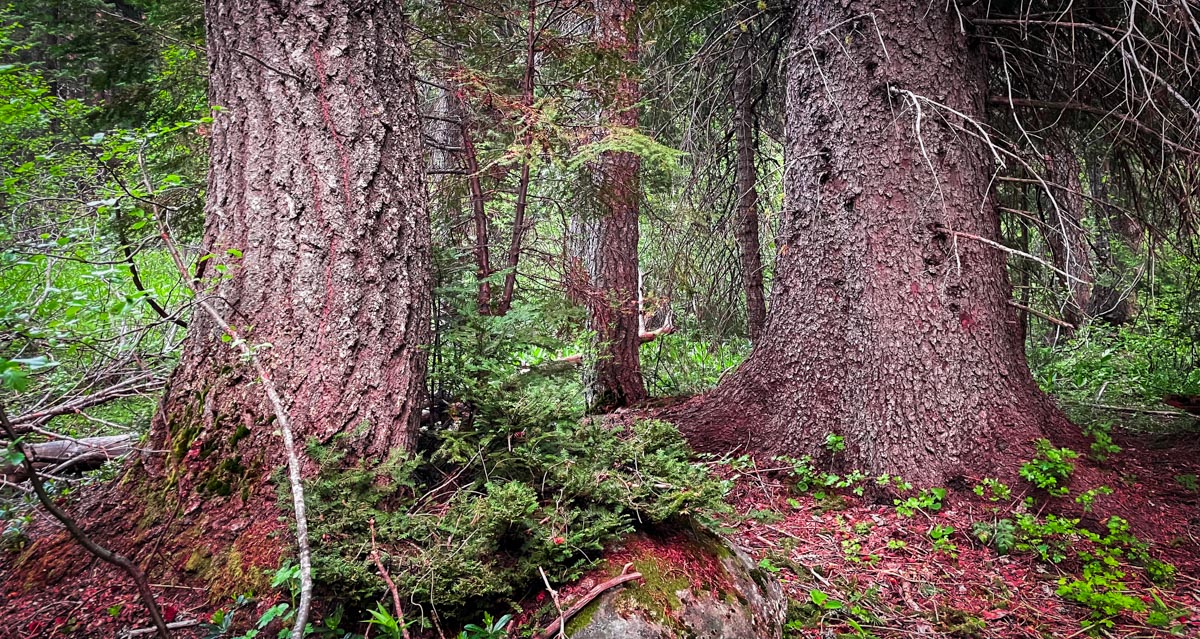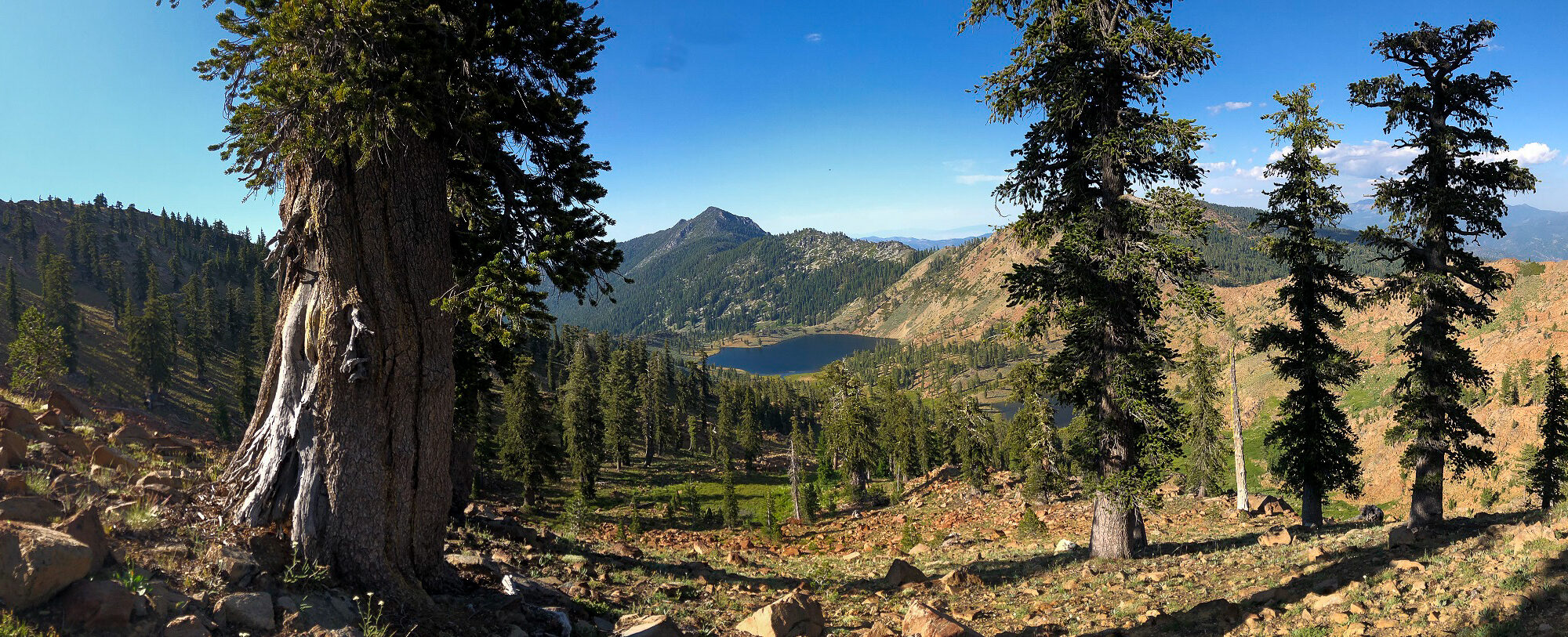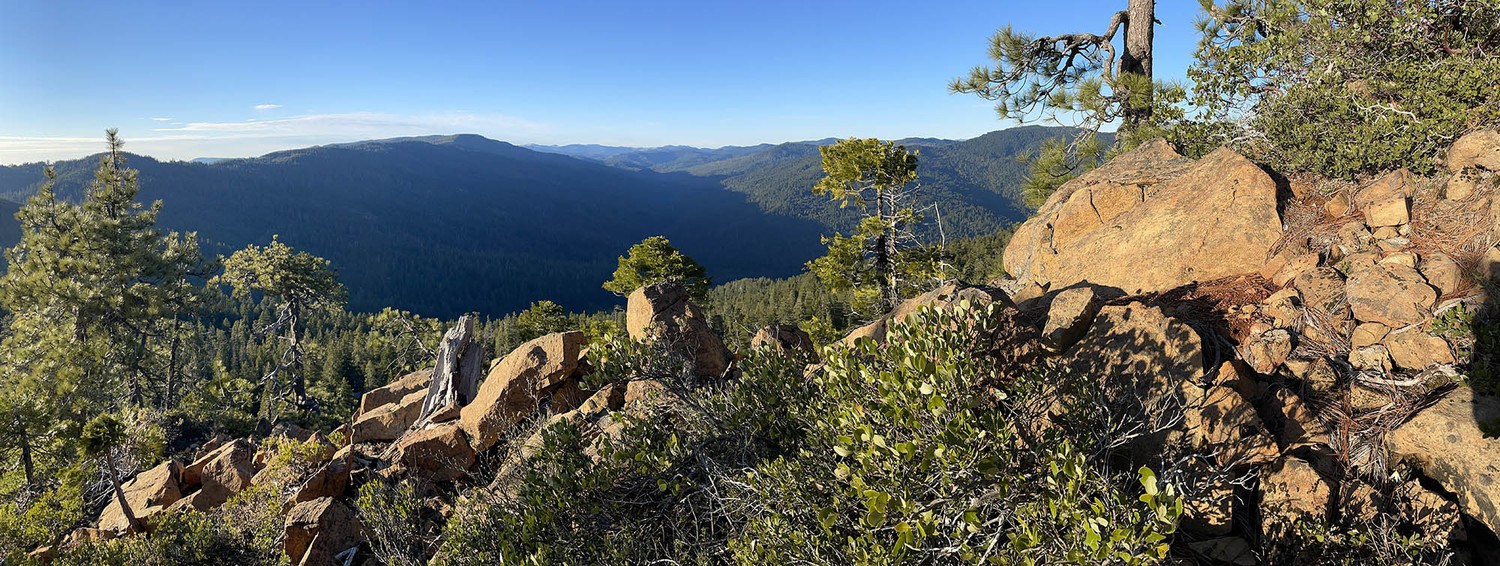Engelmann spruce and subalpine fir form one of the most common forest associations in the Rocky Mountains and parts of the Cascades. In California, this is one of our rarest subalpine forest vegetation alliances. These two species occur in only a few places in the state–often not even together unlike in the rest of their range. We recently visited the Russian Wilderness for a trail working trip and I became re-familiarized with these two wonderful tree species.
Continue reading “Engelmann Spruce and Subalpine Fir in California”California Book Award Gold Medal
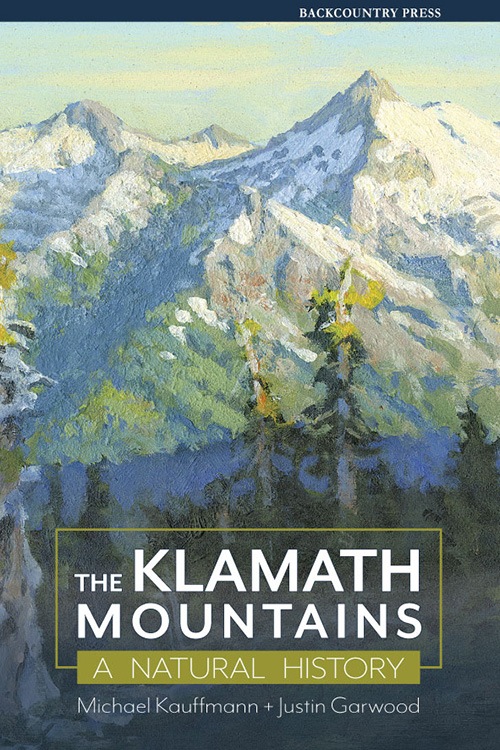
The Klamath Mountains: A Natural History, edited by Michael Kauffmann and Justin Garwood, was chosen as the Gold Medal winner for Contribution to Publishing at the 92nd Annual California Book Awards by the Commonwealth Club.
The Klamath Mountains: A Natural History
I could not be more proud of our new book. It is, in reality, a project 10-years in the making. I first started cooking up the idea when I finished Conifer Country in 2012 based on the fact that a natural history had never been written for the Klamath Mountains. Around 2015, during a winter gathering, I proposed an outline to a group of friends and asked who wanted to help write the book with me. Justin Garwood raised his hand and the rest is now history!
Continue reading “The Klamath Mountains: A Natural History”The Klamath-Appalachian Connection
In the Tertiary, beginning around 65 million years ago [Ma], a temperate forest prevailed unlike any other in Earth’s history. Referred to as the Arcto-Tertiary forest—existing on a landmass that would soon become North America, Europe, and Asia—a blending of conifers and broad-leaved trees dominated the landscape. With continental drift and climate change, the offspring of these great forests were fragmented. Over time, ice ages came and went, causing a change in flora as increasingly dry conditions became more common. The descendants of the Arcto-Tertiary forest became less extensive and more isolated. These progenitors have remained, finding refuge in the higher and cooler regions which maintained a climate more similar to that of the early Tertiary and creating, today, a strong Klamath-Appalachian Connection (see R. H. Whittaker 1961).
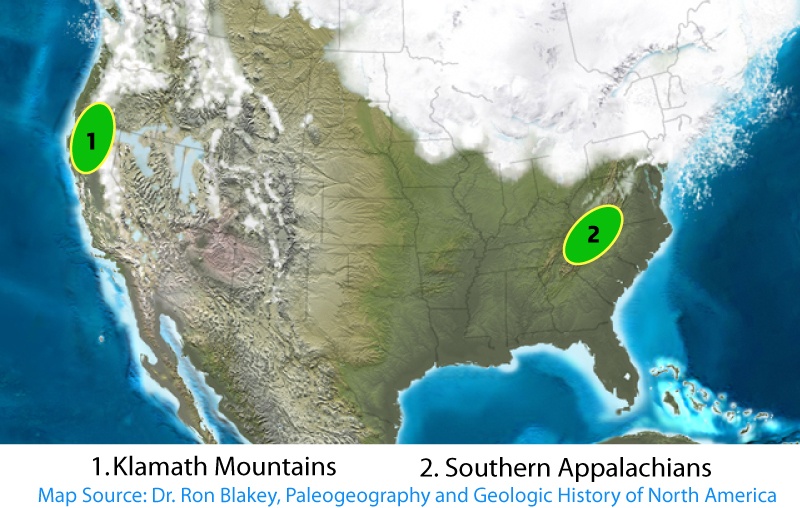
Relearning the Southern Siskiyous
I am slowly learning about some of the shortfalls my training as a western scientist has had on my ability to interpret vegetation communities of the Klamath Mountains. What I am learning, that was never properly taught in my schooling, is that everything we see today in the Klamath Mountains was affected, to some degree, by long-term human habitation over the past ~9,000 years. For example, up north in British Columbia’s coastal temperate rainforest Fisher et al. (2019) found that the plant communities around village sites had different plant assemblages than control sites and were dominated by plants with higher nutrient requirements and a cultural significance. Consider this next time you look at an oak woodland on a river bench
Another major misconception taught in western science is the description of the assumed wild and wilderness as absent of human impact–when this is far from the truth. Much of what we have designated as wilderness was sculpted by Native People’s stewardship. For example, numerous travel routes were maintained for securing basketry, medicine, food resources, or reaching ceremonial sites (see map below).
Continue reading “Relearning the Southern Siskiyous”